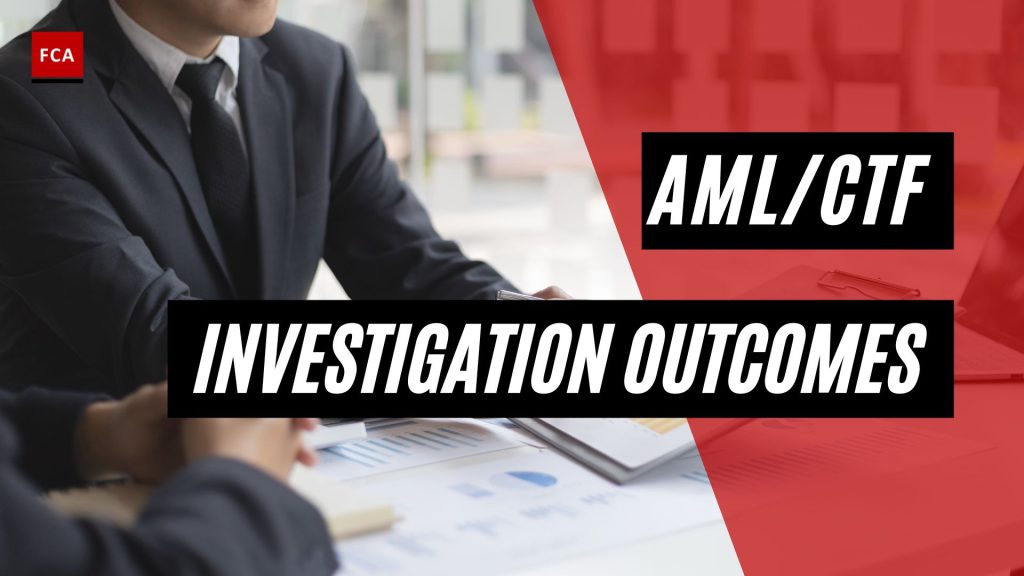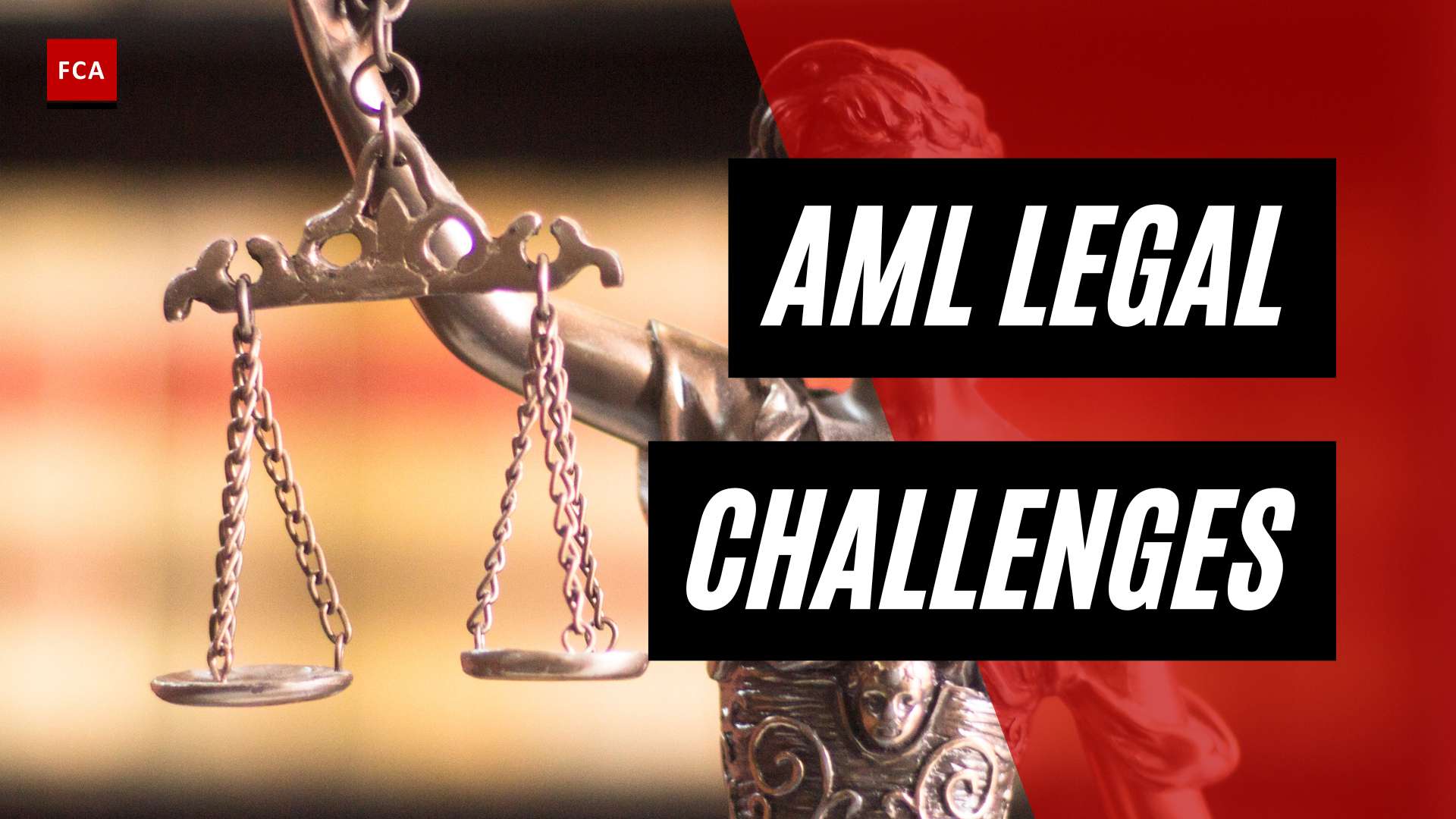The possible AML/CTF investigation outcomes are determined by the compliance or AML team of the institution or organization and the outcomes. Investigations begin with a mere suspicion that a financial crime has occurred. ML/TF investigation process is not standard police-type process because there is little initial available evidence that financial crime has occurred.
However, in most cases, the financial crime leaves a trail or a series of indicators that highlights that a financial crime has occurred. Outcomes of investigation process vary from case to case and depend on the availability of evidences and the appropriateness of feedbacks from the customers, to whom suspicious transaction relates.

Possible AML/CTF Investigation Outcomes
Investigation outcomes depend on the nature of the alert generated or the transaction identified as suspicious. Investigation of transaction alerts generated during the period is performed by the Compliance AML team, which checks the risk profile of the customer against the transaction generated as alert. In case the detail of the risk profile is not matched with the transaction, the information is obtained from the customer about the nature and purpose of transaction.
If the customer provides appropriate feedback that matches with the transaction, then AML team mark the alert as close. In case the customer does not provide satisfactory response or hides the information then the transaction is considered as suspicious.
For appropriate outcome of the investigation, the identification of ML/TF risk indicators and history of similar cases play essential roles. There are different categories of skill sets that are used during the investigation. Law enforcement authorities may also investigate the financial crime, where applicable legal provisions are breached. Law enforcement authorities perform a variety of tasks such as a collection of pieces of evidence and testifying the shreds of evidence in the relevant courts. Law enforcement authorities may work for the Federal Government or the State.
Police departments may also be involved in the fraud investigation process depending on the local applicable laws of the State and Federal Government. There may be situations where Law Enforcement Agencies and Police may work together undercover. The nature of the investigation and involvement of Agencies and Police depend on the location of fraud, size of the organization, profile of the fraudsters, and the legal provisions breached.
Investigation outcome also depends on the team involved to investigate the transaction or alert. Subject matter experts are required to be involved, so that right analysis and investigation may be performed as per the requirements of AML/CFT laws and regulations. During investigations, performing the research is an essential skill set required from the investigation team. It requires the experts to publicly source the required information concerning the individuals, employees, and entities that are suspected of involvement in the financial crime incident or activities.
Identification of the right suspects makes the financial crime identification process easier and structured. Crime investigation team is required to quickly identify, ownership structure, directors and Management profiles, negative media searches, bankruptcy and disqualifications, previous court cases and judgments, asset profile and locations and internal controls and processes.
Transaction analysis or forensic audit is an important component of the financial crime investigation process. Transaction analysis is performed by quantified and experienced professionals. It becomes a challenge when the suspects are themselves, skilled accountants or professionals, with sound knowledge of the internal controls, processes, and the financial system of the company.

Forensic accountants will be needed to analyze the activities in such types of organizations, where such types of professional fraudsters work. Forensic accountants not only analyze the activities of professional fraudsters but also calculate the estimated losses and damages caused by the fraudulent acts of professional and skilled fraudsters.
The search, seizure, and analysis of the electronic evidence, which is stored in personal computers or information devices are utilized and used as computer forensic investigations. Computer forensic data can also be obtained from remote locations where cloud services are used by the company. The forensic investigators get access to the financial and other information virtually to analyze and assess the evidence and information. It is rare for modern-day fraud incidents to be identified without the use of data storage devices and computers, and due to these reasons, computer forensics is a vital skill-set.
Final Thoughts
The possible outcome of investigation may include the identification of real culprits, patterns or similarities identified as linked with other transactions, identification of real but hidden ultimate beneficial owner, links of customer with criminals such as money launderers etc. The outcomes are mostly required to be reported to the relevant authority or body, authorized in the country to receive suspicious activity reports.








